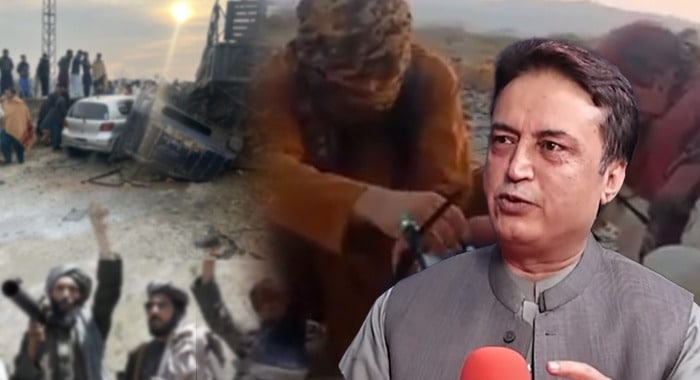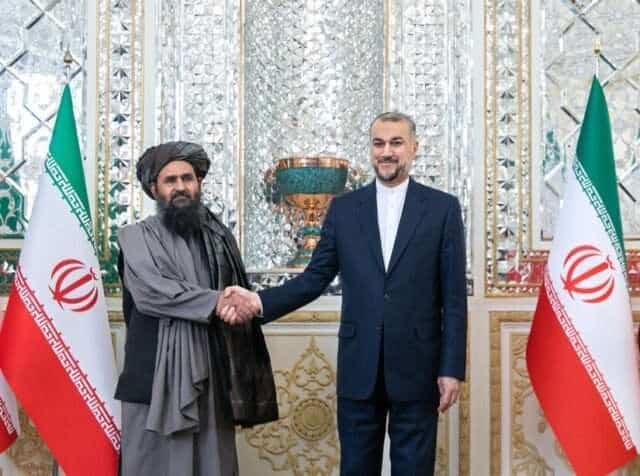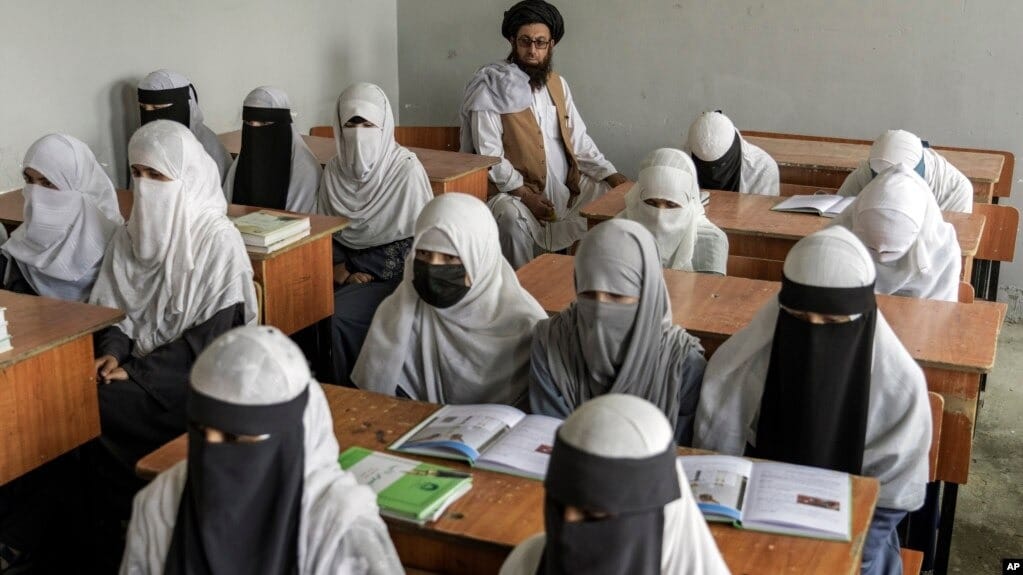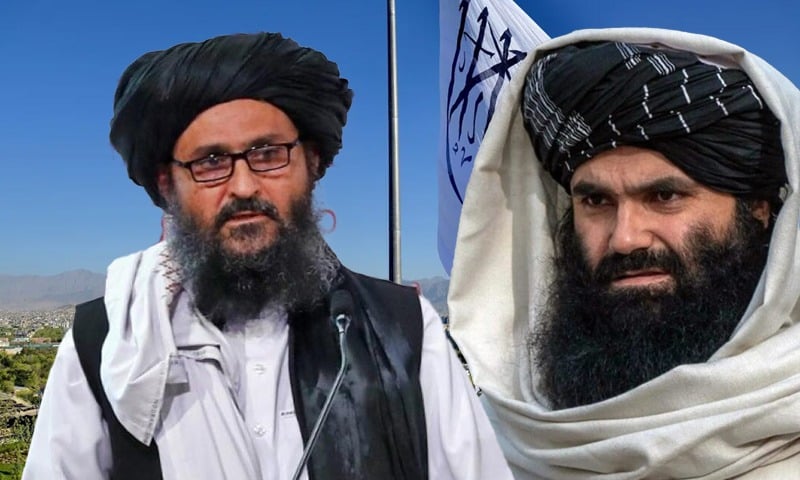Arif Yousafzai
Pakistan stands at a critical crossroads in its decades-long battle against terrorism. A new and dangerous phase of militancy is unfolding one powered by modern technology, digital tools, and unmanned aerial vehicles. Yet, despite the rising sophistication of threats, the response from the government, particularly in Khyber Pakhtunkhwa (KP), remains alarmingly inadequate. The absence of a coherent counter-terrorism strategy, coupled with political indifference, has left the region increasingly vulnerable to insurgent forces that are evolving far faster than our state institutions.
The Inspector General of KP Police recently acknowledged the emergence of this modern militant threat, noting that terrorist outfits are now leveraging drones and advanced surveillance tactics to carry out precision attacks on security forces and civilians alike. In response, KP police are reportedly exploring the use of drone technology. However, such isolated technical measures fall short in the absence of a unified national strategy and a serious political commitment.
To speak frankly, there is no visible counter-terrorism roadmap on the part of the federal or KP governments. Our law enforcement agencies are engaged in fragmented operations across the country in Balochistan, the tribal belt, and urban centers but these efforts lack strategic cohesion and political ownership. Successive governments, regardless of party affiliation, have failed to adopt a national counter-militancy vision or prioritize long-term peace and stability.
Worse still, there exists a widespread perception particularly about the KP government that it harbors sympathies for militant elements. Several former PTI ministers and lawmakers have been accused of maintaining links with militant groups, and the government’s silence on these allegations has only added to public distrust. Without accountability and political clarity, no technical countermeasure will prove sufficient.
The southern belt of KP stretching from Gomal to Dera Ismail Khan has become the epicenter of the resurgent Taliban influence. The completion of the Hakla-D.I. Khan route, part of the new CPEC alignment, has further linked militancy-prone areas of KP with Balochistan and parts of Punjab, including Mianwali. In these regions, militants now exercise effective control. Videos routinely emerge showing Taliban fighters manning checkpoints, inspecting travelers, and asserting parallel authority—especially in districts like Lucky Marwat, Bannu, and D.I. Khan. Even cities and police compounds in KP are no longer safe.
In this context, the complete failure of the KP government to devise or implement a credible strategy is glaring. The Taliban’s unchecked presence in urban fringes of Peshawar is a chilling indicator of the deteriorating situation. Whether through Jirga diplomacy or law enforcement, the government shows no will or initiative to confront this escalating threat. It neither negotiates seriously nor prepares for confrontation.
One must also ask whether our institutions are even equipped to handle this level of conflict. The police, by their nature, are not a counter-terrorism force. Their role is to handle societal crimes, maintain public order, and ensure justice. Yet for over two decades, KP police have been placed on the front lines of an asymmetric war against battle-hardened militant groups. This expectation is unrealistic and dangerous. No government has established a specialized counter-terrorism unit with the requisite resources, training, and mandate to engage militant threats separately. Burdening the regular police with counter-militancy operations dilutes their original mandate and compromises public safety on all fronts.
Meanwhile, speculation continues about an alleged nexus among PTI, PTM, and TTP. While these groups have historically pursued different agendas PTI as a political party, PTM as a youth-led pressure group, and TTP as a militant organization—recent ground-level interactions, especially in southern KP, raise legitimate concerns. There are credible reports suggesting that local facilitators linked to PTI and PTM may be aiding TTP militants by providing intelligence on security movements and logistical support. Though leadership-level alliances remain unproven, the convergence of ground-level interests demands serious scrutiny.
India’s role in this evolving crisis cannot be ignored. New Delhi’s hostile posture toward Pakistan is well-established. Much like Israel’s aggressive stance against Iran, India fundamentally does not accept Pakistan’s existence. It has consistently sought to destabilize Pakistan through hybrid warfare including espionage, disinformation campaigns, and the arming of insurgent proxies. The arrest of Indian spy Kulbhushan Jadhav and several operatives in Balochistan and from Iranian territory underscores this threat. India’s involvement, directly or indirectly, in facilitating access to advanced digital and drone technology for militant groups is a matter that warrants thorough international investigation.
The technological edge that militants now possess ranging from quadcopters for reconnaissance to sophisticated ambush coordination via digital tools is rooted partly in the spoils of the American withdrawal from Afghanistan. The Taliban inherited a vast arsenal, some of which has likely made its way into Pakistan through informal networks and black markets. In today’s global war economy, laser weapons, surveillance drones, and advanced rifles are no longer beyond the reach of non-state actors.
Pakistan must treat this as an existential threat. The ideological, political, and technological convergence of multiple adversaries militants, foreign proxies, and internal enablers—has placed Pakistan’s internal security in grave danger. It is imperative for the federal government to lead a comprehensive, bipartisan counter-terrorism framework that goes beyond military action. This includes reforming intelligence coordination, strengthening cyber defense, and depoliticizing police forces. Equally important is the need to hold political actors accountable for any form of facilitation or collusion with anti-state elements.
The battle against terrorism is no longer being fought solely with guns and boots it now involves drones, digital propaganda, and decentralized militant networks. If Pakistan continues to rely on obsolete tools and fractured political will, it risks losing not just territory but legitimacy.
The time to act decisively is now. Political silence and institutional complacency can no longer be afforded. Pakistan must wake up to this war within.





